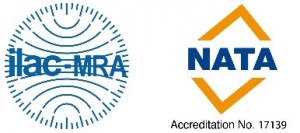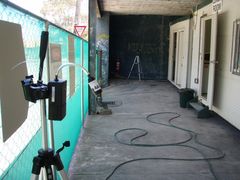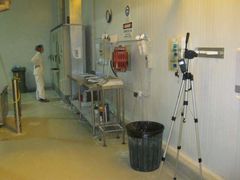Air Monitoring
Initially a walkthrough inspection of the workplace is carried out to identify the potential hazardous materials or chemicals used, the potential routes of exposure and workers involved in the process along with observing procedures and the work being undertaken. This information provides the occupational hygienist to outline a suitable sampling strategy using the correct test method for air monitoring.
Hazardous Materials & Chemicals
Depending on the type of potential hazardous materials or chemicals which are present in the workplace will determine the method and type of measuring equipment to conduct air monitoring.
- Organic Compounds to AS 2986.2 Workplace air quality – sampling and analysis of volatiles organic compounds by solvent desorption / gas chromatography, Part 1: Pumped sampling method and Part2: Diffusive sampling method.
- Respirable Dust to AS 2985 Workplace atmospheres – Method for sampling and gravimetric determination of respirable dust
- Inhalable dust to AS 3640 Workplace atmospheres – Method for sampling and gravimetric determination of inhalable dust
- Asbestos Air Monitoring to Guidance Note on the Membrane Filter Method for Estimating Airborne Asbestos Fibres 2nd Edition [NOHSC: 3003 (2005)]
The initial results of air monitoring will assist to:
- Identify base line levels of atmospheric contaminants as a result of processes undertaken in the workplace and identify key potential routes of exposure to workers;
- Evaluate the exposure of contaminants in the atmosphere to workers and consider controls to reduce the hazardous air contaminants; and
- Determine the effectiveness of control measures such as local exhaust ventilation to reduce or eliminate.
Regular air monitoring, at least annually assist to ensure that workers are protected effectively from health and safety risks that are not easily determined and generally understood without suitably trained occupational hygienists with calibrated scientific equipment.
Indoor Air Quality (IAQ)
The majority of a workers time is spent indoor, so it is essential that the indoor environment and air quality provides a happy, healthy working environment. Air monitoring indoor air quality can provide information to ensure well being of indoor occupants including:
- Temperature;
- Humidity
- Carbon monoxide (CO)
- Carbon Dioxide (CO2)
- Volatile Organic Compounds (VOC)
- Ozone (O3)
- Biological Contaminants including mold & Legionella
 Accredited for inspections relating to the assessment of workplaces for occupational hazards including biological hazards; chemical hazards; fumes, gases and vapours; inhalable and respirable fibres; occupational noise and vibration exposures
Accredited for inspections relating to the assessment of workplaces for occupational hazards including biological hazards; chemical hazards; fumes, gases and vapours; inhalable and respirable fibres; occupational noise and vibration exposures




